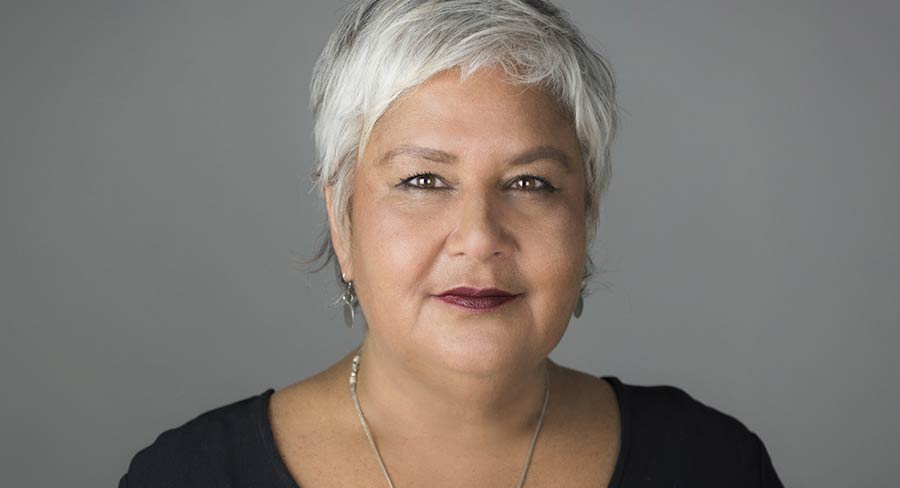The MOVE (Measurement of Outdoor Visibility and Exposure) board has announced a $1.3 million investment into a Neuroscience Project Study (NPS) to inform the development of a new metric to measure digital out of home (DOOH).
In 2018, the MOVE board committed up to $10 million to rejuvenate MOVE to more accurately measure audiences for digital out of home signs, and embarked on an investigation of international models as well as a neuroscience pilot study.
Following the successful Australian neuroscience pilot study last year, MOVE has partnered with leading research firm Neuro-Insight to conduct the NPS, assessing audience engagement with digital and traditional OOH across formats, environments and travel modes.
Outdoor Media Association (OMA) and MOVE CEO, Charmaine Moldrich (pictured) said: “As our industry embraces and invests in DOOH opportunities we are dedicated to developing a new metric to assist in measuring the results and benefits of these innovations for advertisers.”
Peter Pynta, director of Neuro-Insight, the research firm undertaking the NPS, said: “Having completed the pilot study for MOVE, I am excited about this next phase. We have been working globally for many years across the various media channels investigating the role of long-term memory encoding and emotional intensity in driving advertising effectiveness.
“A major study like this will provide undeniable proof about how both traditional and digital signs impact on audiences. Neuroscience is particularly suited to give us answers, tapping into the subconscious and capturing audience response to stimulus during the window of exposure.”
In 2010, MOVE revolutionised OOH audience measurement in Australia; it was built in partnership with the Media Federation of Australia (MFA) and the Australian Association of National Advertisers (AANA). MOVE introduced the “Likelihood To See”, or LTS, viewability measure. This measure assesses the actual audience rather than potential audience, ensuring OOH campaigns can be bought with greater assurance that the advertiser’s message is hitting the mark.
“Over the last few years the industry has spent hundreds of millions of dollars building a modern, dynamic channel, with scale to reach Australians en masse. Out of Home audiences have increased, growing 2.2% in 2018 and now reaching 12.7 million Australians each day. We are well positioned to expand this story to include the increased impact and engagement of DOOH,” Moldrich said.
The $1.3 million neuroscience project is part of suite of innovations that the OOH industry will roll out over the coming year.
